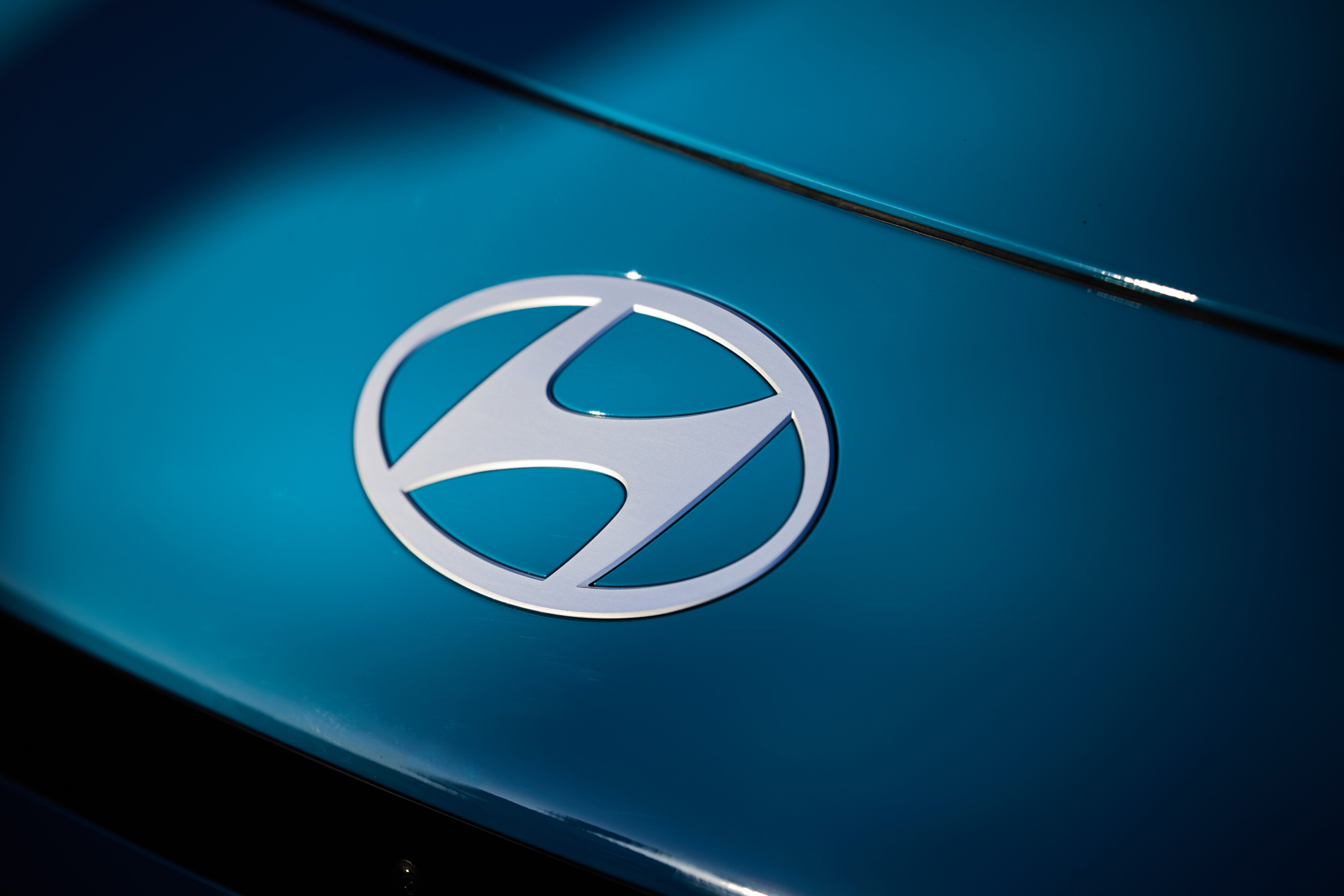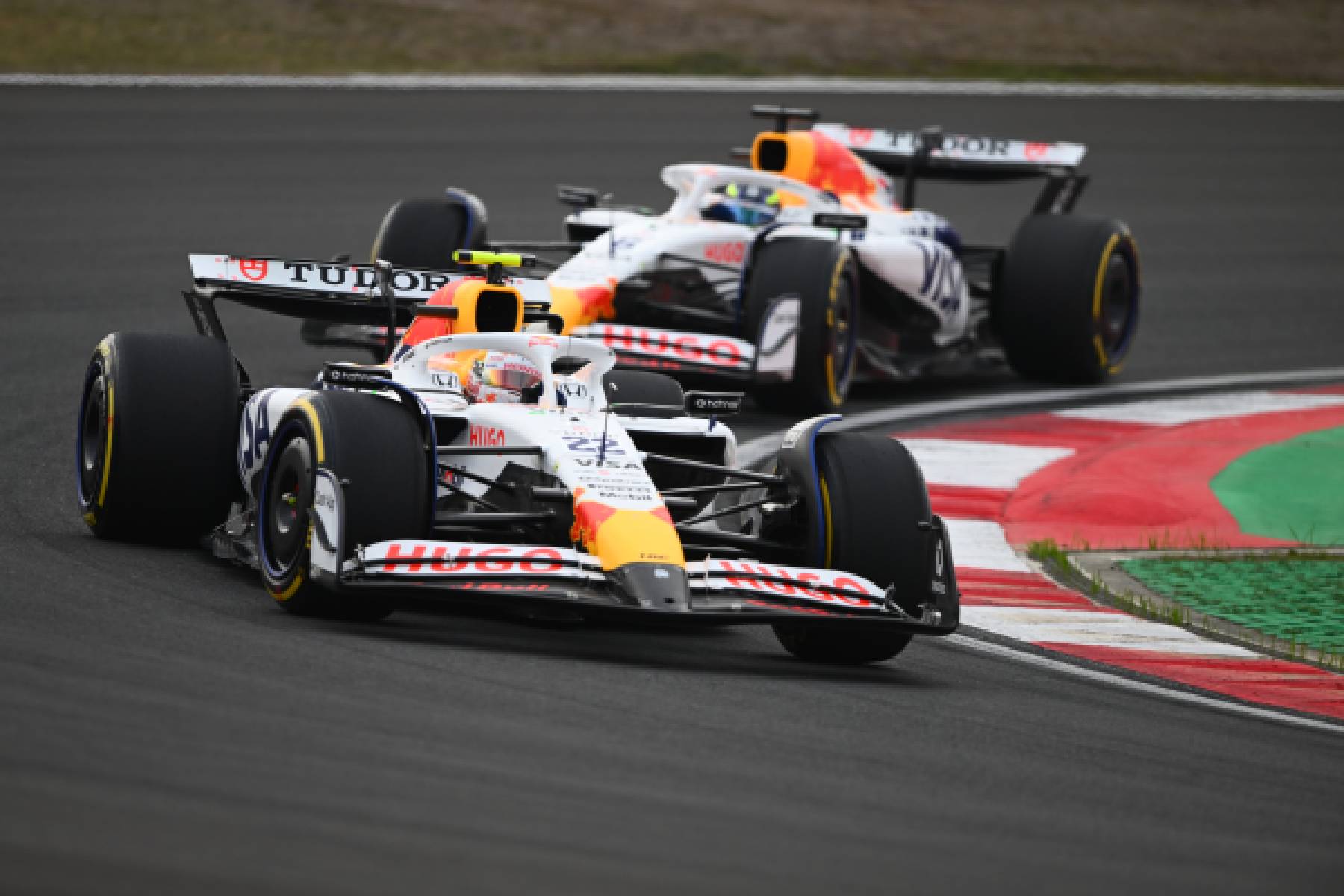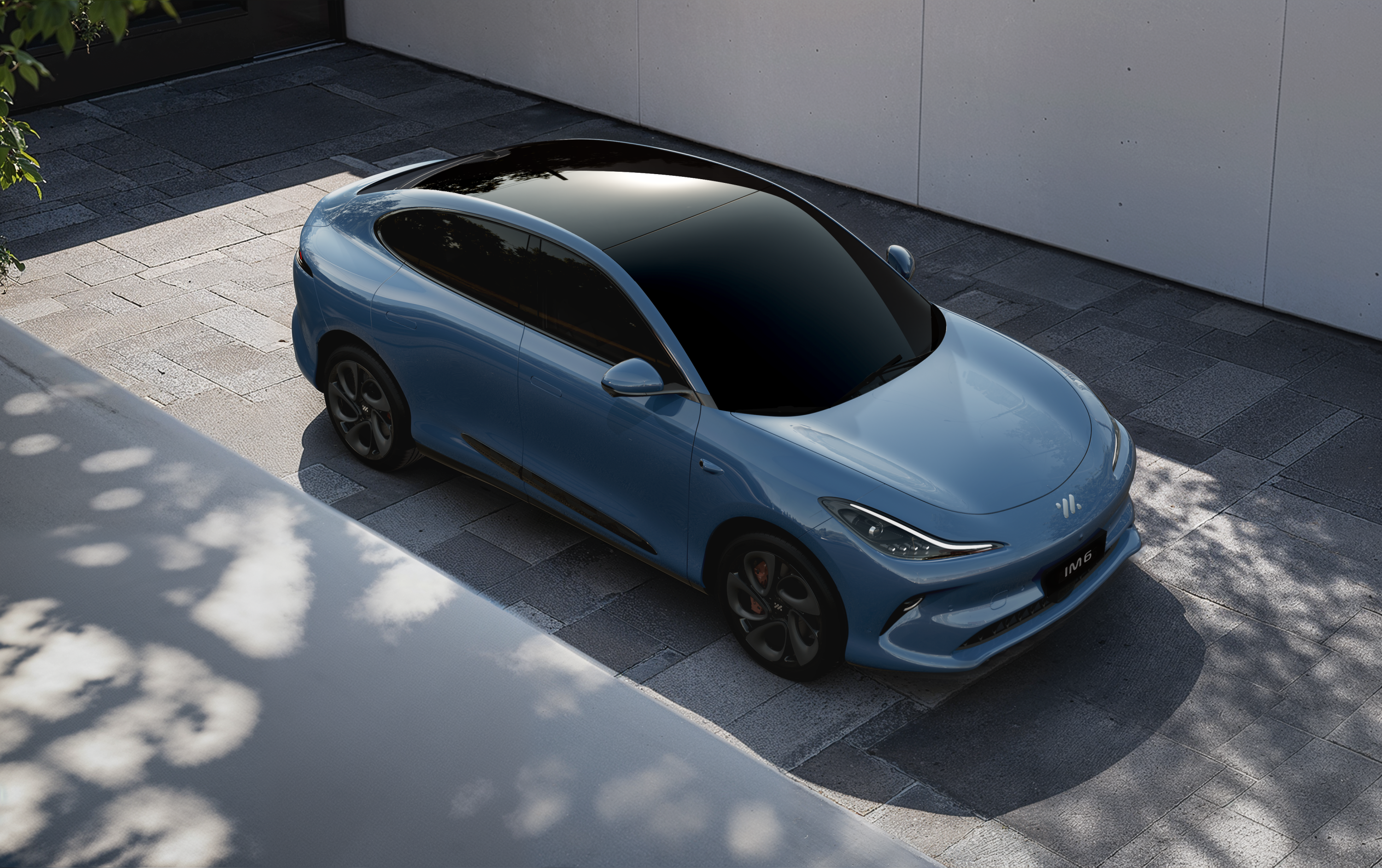Hyundai has announced plans for a big battery-powered ute to rival the Ford F-150 Lightning, Rivian R1T and Tesla Cybertruck.
Snapshot
- Hyundai confirms second-gen IMA electric vehicle platform
- New platform will underpin 13 vehicles by 2030, including an electric ute
- Electric Hyundai ute unlikely to be joined by a diesel Kia Tasman twin
At an investor conference in Seoul overnight, Hyundai Motor provided further details for its “next-generation” electric vehicle platform.
The new Integrated Modular Architecture (IMA) platform will include 13 models from “nearly all vehicle classes, ranging from small and large SUVs to pickup trucks” and flagship Genesis vehicles.
It will replace the current Electric Global Modular Platform (E-GMP) architecture in the Hyundai Ioniq 5, Kia EV6 and Genesis GV60 midsize SUVs, and the Hyundai Ioniq 6 and Kia EV9.
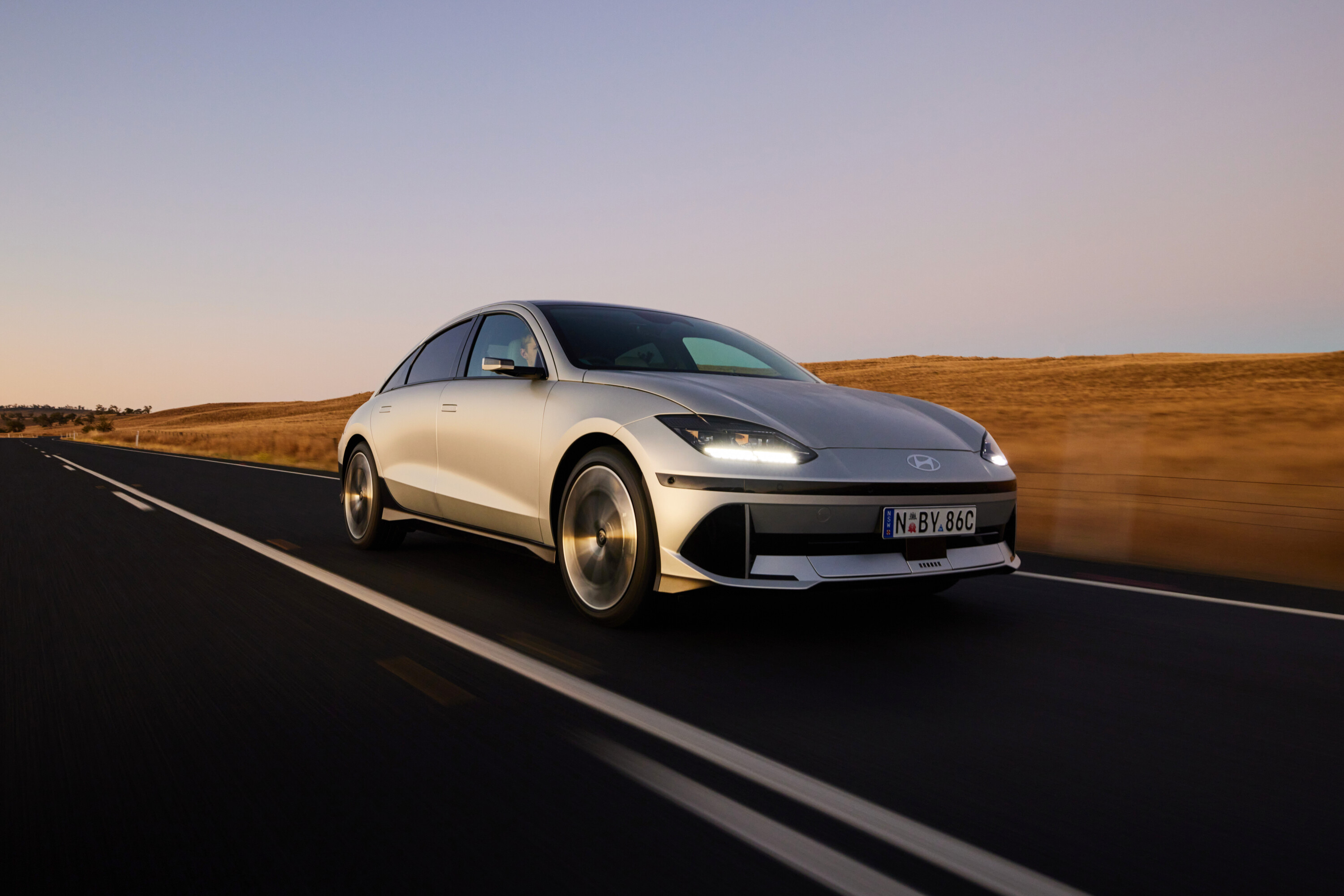
Not the end for E-GMP just yet
The E-GMP platform will still underpin future Hyundai, Kia and Genesis vehicles due before 2025 – including the Hyundai Ioniq 7 large SUV and the Kia EV5 small-to-midsize SUV.
eM + eS = IMA..?
Last year, Hyundai Motor announced two electric vehicle platforms – eM and eS – due in 2025, with a claimed 50 per cent improvement in driving range. It is currently unclear if IMA is an evolution of these plans or the overarching name for the two architectures.
Now, about that ute
Hyundai Motor’s first ute, the lifestyle-focused Hyundai Santa Cruz, is heavily based on the internal-combustion Tucson midsize SUV with petrol-only power and a short tub – but the new Hyundai and Kia utes will have a more traditional size.
Where they’ll differ is in chassis and powertrains. While the anticipated Kia ‘Tasman’ ute, due in 2025, is locked-in for Australia with body-on-frame underpinnings and diesel power, Hyundai’s ute will be all-electric, with no internal-combustion alternative believed to be in development.
The electric Hyundai ute will be built on a unibody platform shared with cars and SUVs – similar to Geely’s Radar RD6 – unlike the body-on-frame Ford F-150 Lightning. The Rivian R1T and Chevrolet Silverado EV have a hybrid platform combining unibody and body-on-frame elements.
Australia is an important market for utility vehicles – with the diesel Toyota HiLux, Ford Ranger and Isuzu D-Max topping the sales charts – and Hyundai’s local arm is likely to be closely watching regulatory developments, including the Federal Government’s National Electric Vehicle Strategy.
Kia’s battery-powered ute, due after 2025 and intended for North America, could be underpinned on the same IMA platform and related to the Hyundai – not the diesel Tasman – in a dual-platform strategy similar to the next-gen Ford F-150 for improved battery efficiency and performance.
Cheaper, better, further…
Up to 80 standardised components are the key focus for the group’s second-gen EV platform to reduce production costs and allow for more affordable, smaller electric cars.
Hyundai Motor plans to become a leader in the electric vehicle market “amidst seismic change in the industry with competition intensifying” by leveraging its experience in building and selling internal-combustion vehicles.

Hyundai & Kia pouring billions into EVs
The automaker said it aims for 2 million Hyundai and Genesis electric vehicle sales annually by 2030 – up from 1.87 million units – with a ₩35.8 trillion (AU$41 billion) investment in electrification for the next decade.
It will form part of a ₩109 trillion (AU$125 billion) total spend in “becoming a smart mobility solution provider” with an increased focus on autonomy, hydrogen, robotics and aircraft.
Earlier this year, sister brand Kia said it expects EVs to overtake internal-combustion vehicles in 2030, with approximately 55 per cent to be all-electric – up three per cent.
Hyundai Motor’s first dedicated EV factory in the US is targeted to commence production in the second half of 2024, with “an annual production capacity of 300,000 vehicles to meet the demand for EVs in North America”.
A second dedicated manufacturing facility will open in South Korea in 2025 to produce electric vehicles for the domestic and global markets.
As announced, all Hyundai, Kia and Genesis vehicles will support over-the-air software updates and connected-car services by 2025.
Genesis has announced it will move to an all-electric line-up by 2030.
More EV stories to help you choose the best car for your needs
- ? EV news, reviews, advice & guides
- ❓ Short & sweet: Your EV questions answered
- ⚡ New EVs: Everything coming to Australia
- ? Australia’s EVs with the longest driving range
- ⚖️ Best-value EVs by driving range
- ? How much do EVs cost in Australia?
- ? How much more expensive are EVs?
- ⚖️ Number crunching: Is it time to switch to an EV?
- ♻ Should you buy a used EV?
- ?️ Are EVs more expensive to insure?
- ? Costs compared: Charging an EV vs fueling a car
- ? EV charging guide
- ?? EV servicing explained
- ? EV battery types explained
- ? When do EV batteries need replacing?
- ? Hydrogen v EVs: What’s best for Oz?
- ? How sustainable are EVs, really?
MORE advice stories to help you with buying and owning a car
We recommend
-
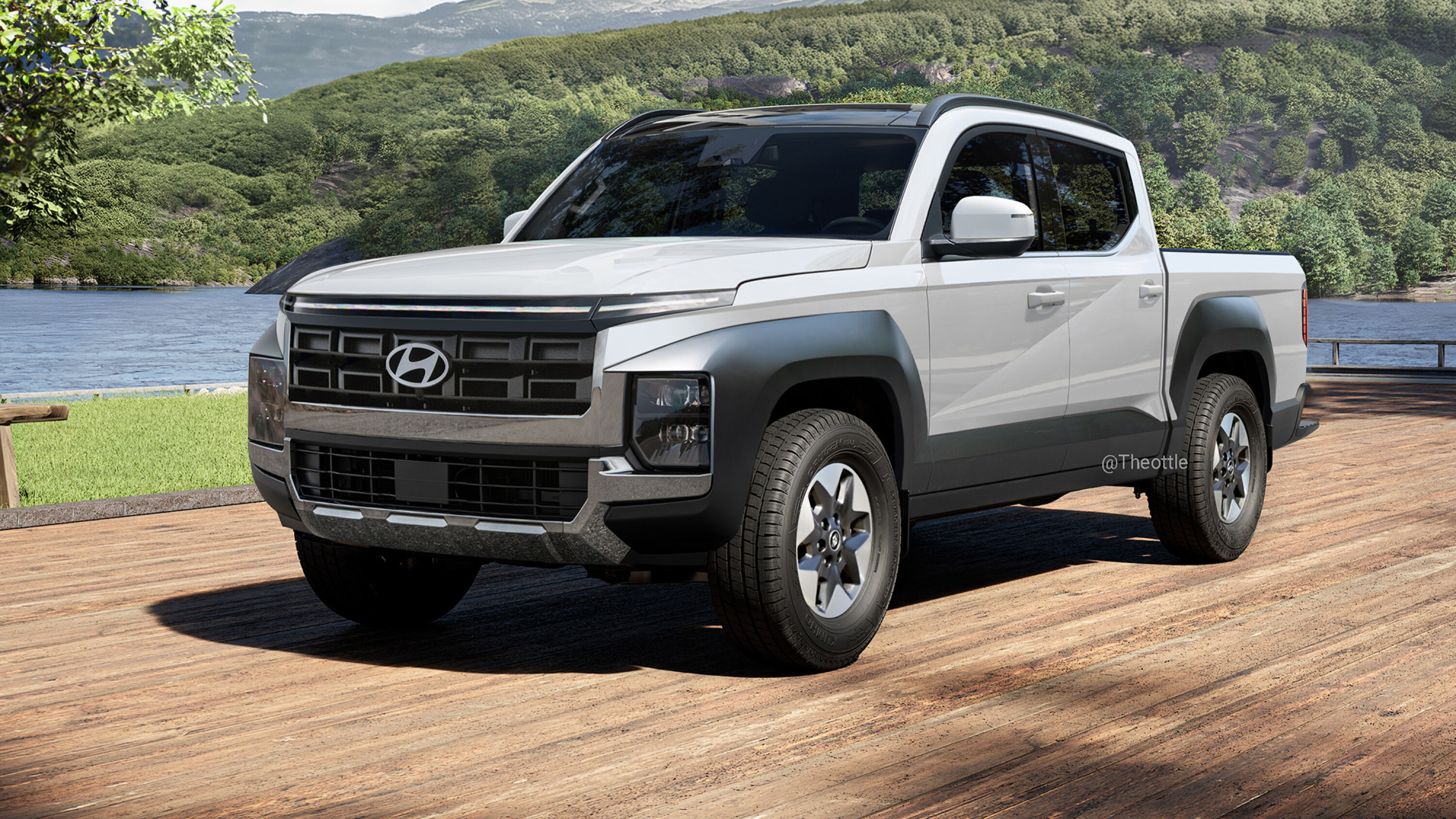 News
NewsHyundai is planning its own ute, will it look like this?
?️♂️ Hyundai long ago revealed that it will debut a ute of its own in the future, but will it share anything with the Kia Tasman?
-
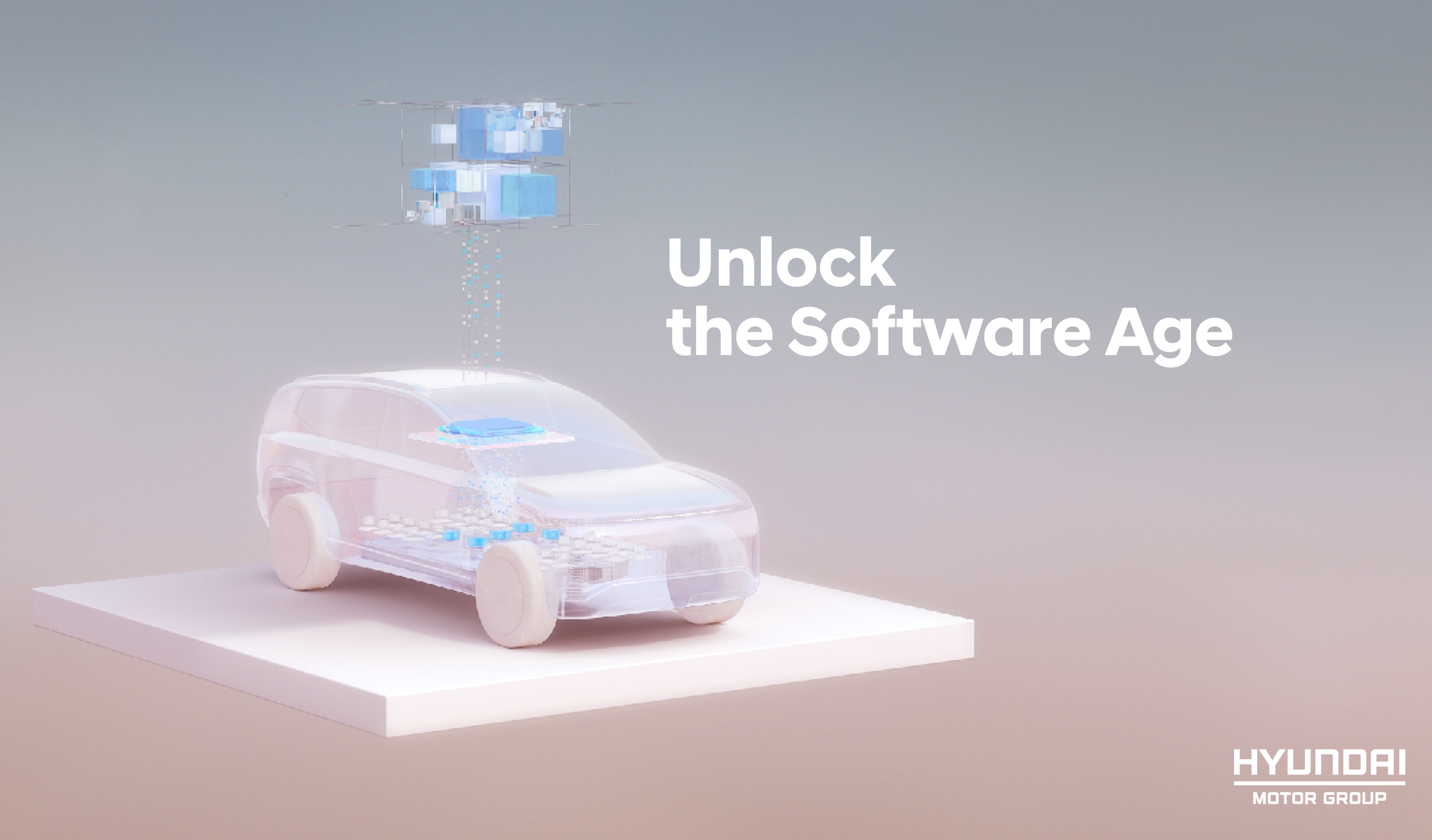 News
NewsHyundai Motor to debut two new EV platforms and autonomous driving tech
Hyundai, Kia and Genesis electric vehicles are to be underpinned by two new architectures – eM and eS – within the next decade


